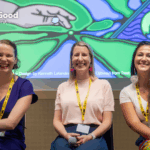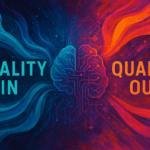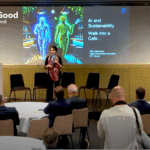The AI and Multimedia Authenticity Young Researcher Associate Programme is a one-year research collaboration designed to engage promising early-career researchers in tackling the fundamental challenges of trust, authenticity, and the protection of rights in an era of ubiquitous AI-generated and AI-edited content.
For an AI-native generation, synthetic media is a foundational layer of expression and information exchange, which profoundly reshapes traditional benchmarks of what is “real”. This programme aims to design the future of content integrity alongside emerging leaders.
















